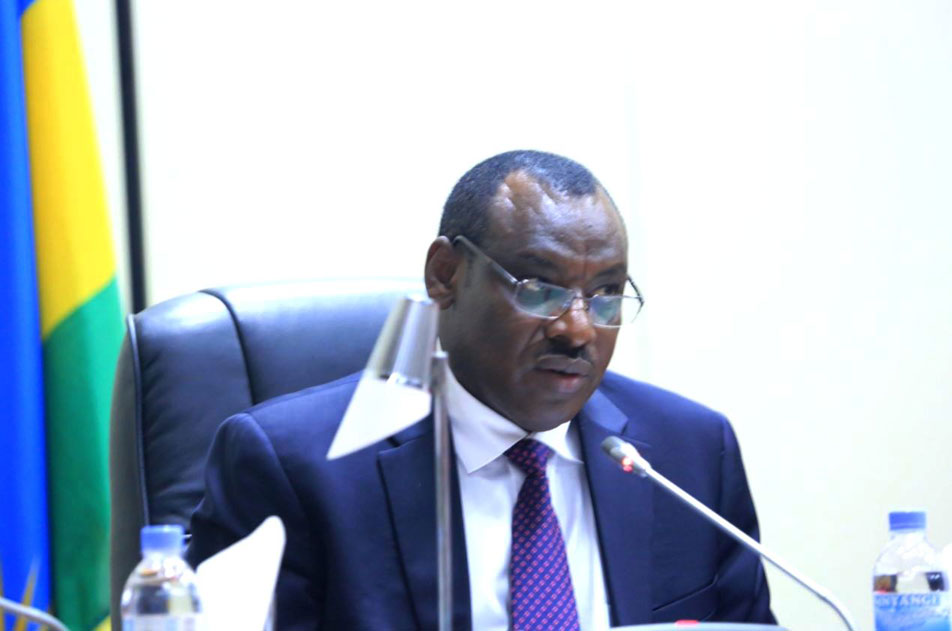
Claver Gatete, Rwanda’s Finance Minister says this financial year 2017/2018 , there will be less reliance on donor money
Rwanda’s economy grew by 1.7% in the first quarter of 2017, as Gross Domestic Product (GDP) reached Rwf1, 584 billion, up from Rwf1, 557 billion in the same quarter of the previous year.
A statement released by National Institute of Statistics of Rwanda (NISR) indicates that the expansion was driven by growth in agriculture, industry and services sectors which grew by 3 and 4 percent respectively.
Agriculture sector grew by 3% contributing 0.8% points to the overall GDP growth rate. Food crops increased by 4% due to harvest of Season A of 2017. Export crops decreased by 24% mainly due to the decrease in production of coffee and tea.
According to NISR figures, activities in services sector increased by 4% mainly because of the growth in services offered by hotels and restaurants which increased by 17%.
Meanwhile, real estate activities increased by 8 percent having administration and support services activities too increased by 25 percent.
Nonetheless, wholesale and retail trade decreased by 12 percent. In addition, Industrial sector contributed 15 percent of the GDP however within the sector there was a decrease of 1 percent within industry.
On the other hand, manufacturing activities increased by 7 percent which was boosted by food processing activities that increased 13 percent and manufacturing of chemicals, rubber and plastic activities grew by 28 percent.
While reading the 2017/2018 budget last month, Finance Minister Gatete Claver told the parliament that the Rwf2, 094.9 trillion budget will have less reliance on external donors.
“The government’s objective is to reduce the reliance on external donor support, especially where grants are concerned. However, for the time being, this support remains vital for our development,” Gatete told parliament.
Rwanda’s economy is projected to grow by 6.2 percent in 2017 and 6.8 percent in 2018 – from 5.9 percent in 2016.


